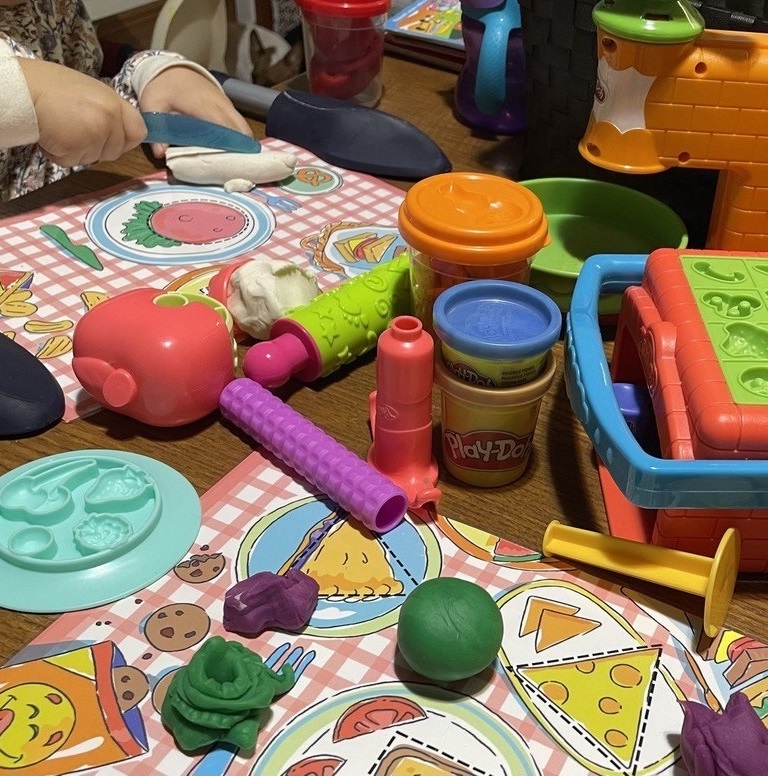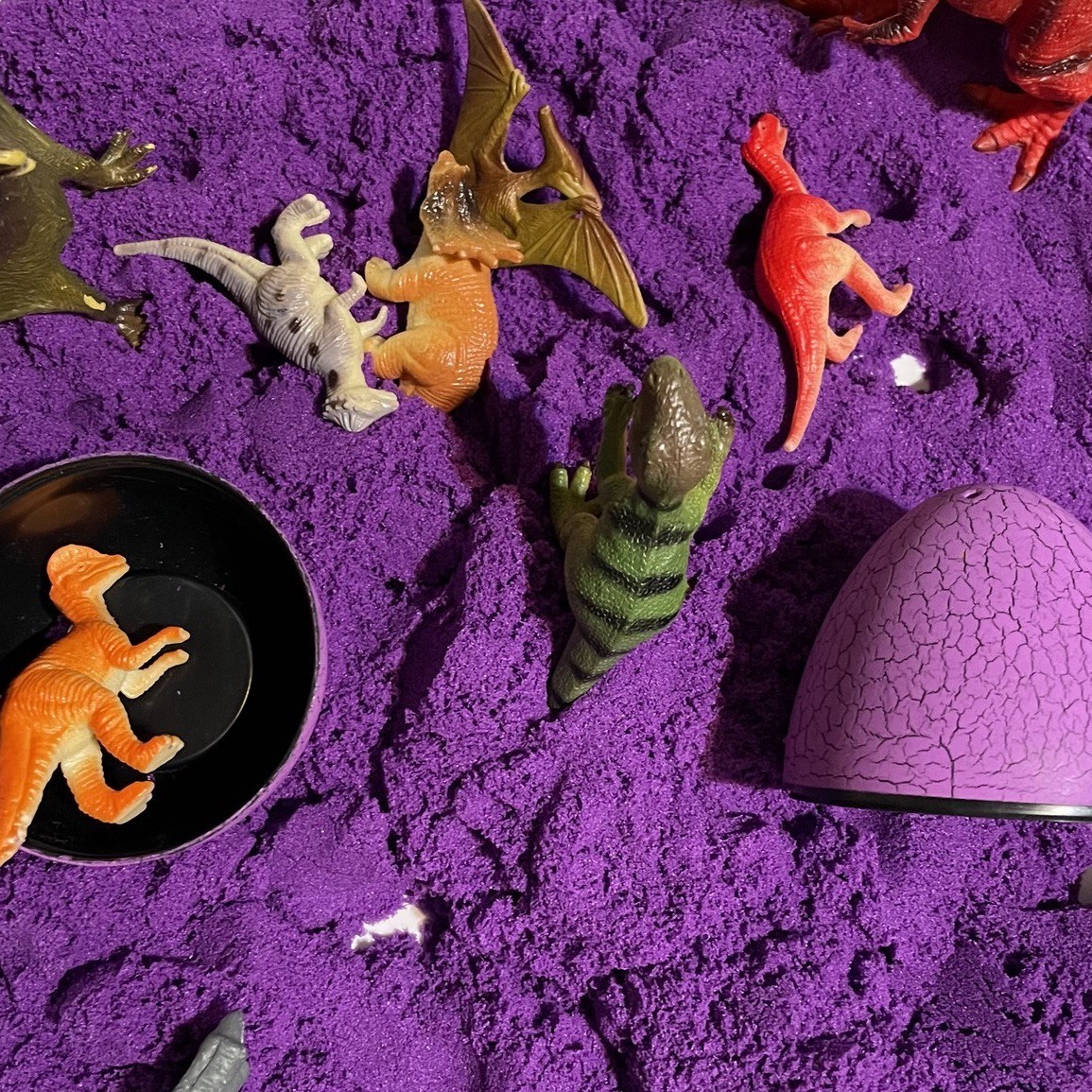10 Creative Ways to Engage Your Toddler with Play Dough
Play dough is not just a childhood pastime; it’s also a fantastic tool for promoting creativity, fine motor skills, and sensory exploration in toddlers. With its endless possibilities, play dough can keep little ones entertained for hours while also fostering their cognitive development.

Here are ten exciting ideas to maximize the fun and learning opportunities when playing with play dough:
1. Color Mixing Fun
Encourage your toddler to explore color mixing by providing them with different colored play doughs. Let them experiment with blending primary colors to create new shades. This activity not only introduces basic color theory but also enhances their sensory experience.
2. Shape and Pattern Making
Use cookie cutters, plastic molds, or household items like bottle caps and utensils to help your toddler create various shapes and patterns. Encourage them to identify and replicate simple patterns or create their own designs, fostering their spatial awareness and creativity.
3. Sensory Play Stations
Set up sensory play stations with different textures, scents, and add-ins like glitter, beads, or small toys. Let your toddler explore these materials, squishing, squeezing, and molding to their heart’s content. Sensory play promotes tactile awareness and can be incredibly soothing for young children.
4. Nature-inspired Creations
Take play dough play outdoors and gather natural materials like leaves, twigs, and flowers. Encourage your toddler to incorporate these elements into their creations, whether it’s imprinting leaves onto the dough or building miniature nature scenes. This activity encourages appreciation for the natural world and stimulates imagination.
5. Storytelling with Sculptures
Encourage your toddler to sculpt characters or objects from their favorite stories or daily experiences. As they create, prompt them to narrate stories or describe their sculptures, fostering language development and imaginative thinking.
6. Letter and Number Formation
Use play dough as a hands-on tool for introducing letters and numbers to your toddler. Show them how to roll dough into ropes and shape them into letters or numbers. This activity helps reinforce early literacy and numeracy skills in a playful manner.
7. Miniature Bakery or Kitchen
Set up a pretend bakery or kitchen using play dough as ingredients. Your toddler can roll out dough to make “cookies,” “cakes,” or “pizzas,” fostering imaginative play and social interaction if playing with siblings or friends.
8. DIY Play Dough Kits
Create themed play dough kits based on your toddler’s interests, such as animals, vehicles, or outer space. Include relevant props, figurines, and play dough colors to inspire imaginative play and exploration of different themes.
9. Fine Motor Challenges
Introduce fine motor challenges by incorporating tools like plastic knives, rolling pins, or garlic presses into play dough play. These tools help strengthen hand muscles and improve coordination while adding an extra layer of engagement to the activity.
10. Collaborative Sculpting:
Encourage collaborative play by inviting family members or friends to join in sculpting sessions. Working together on a shared creation promotes teamwork, communication, and social skills while doubling the fun.
Play dough offers endless opportunities for toddlers to explore, create, and learn in a hands-on, sensory-rich environment. By incorporating these ten creative ideas into your toddler’s playtime, you can enrich their developmental journey while fostering a love for imaginative exploration. So, roll up your sleeves, grab some dough, and let the fun—and learning—begin!
Mess-Free Fun: Kinetic Sand Sensory Play for Toddlers
AFFILIATE DISCLOSURE
This post may have affiliate links, which means I may receive commissions if you choose to purchase through links I provide (at no extra cost to you). As an Amazon Associate, I earn from qualifying purchases.

